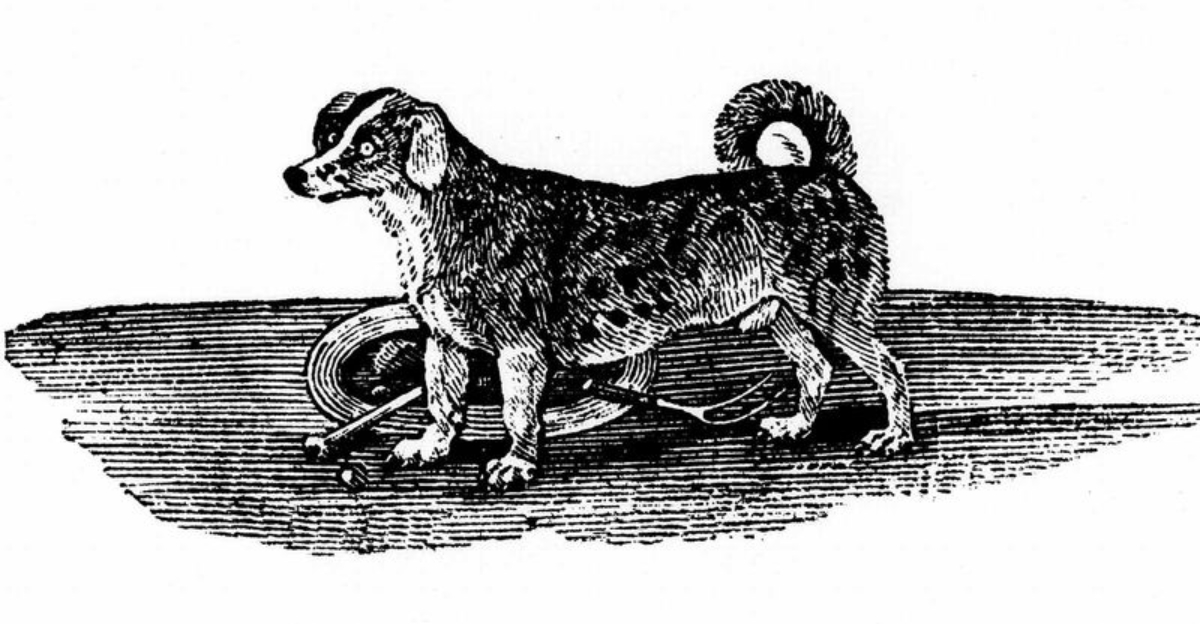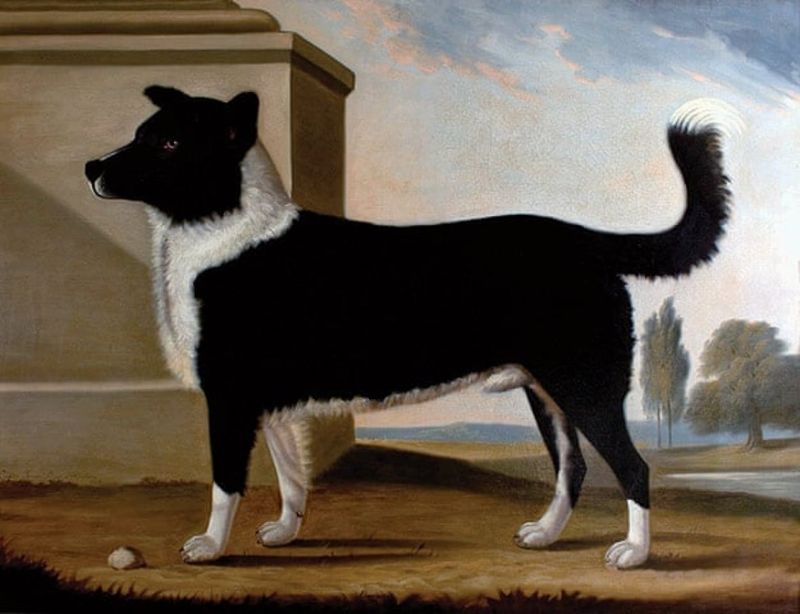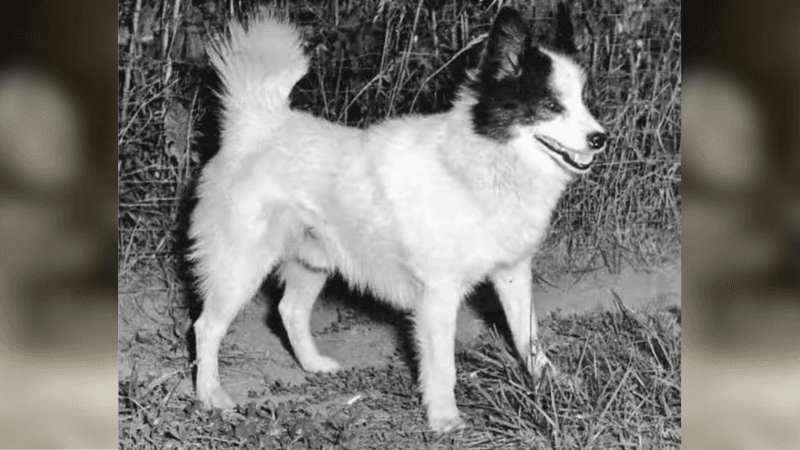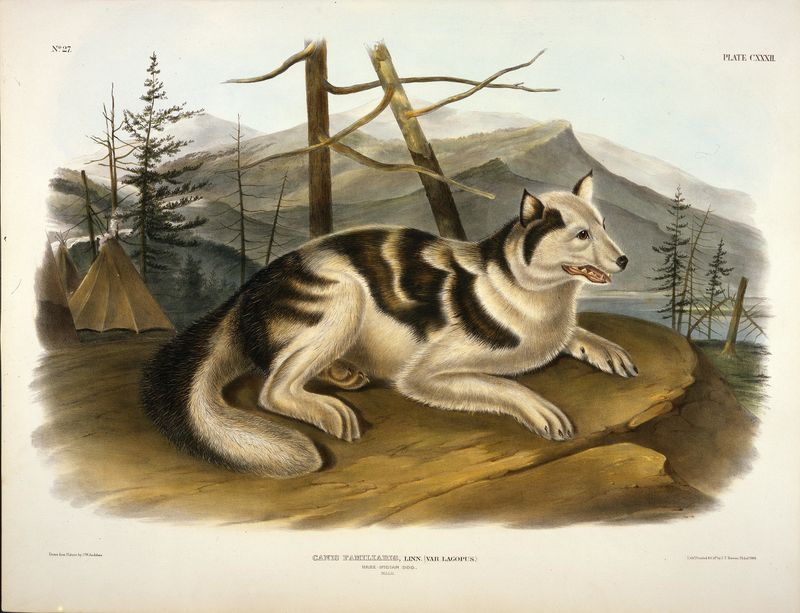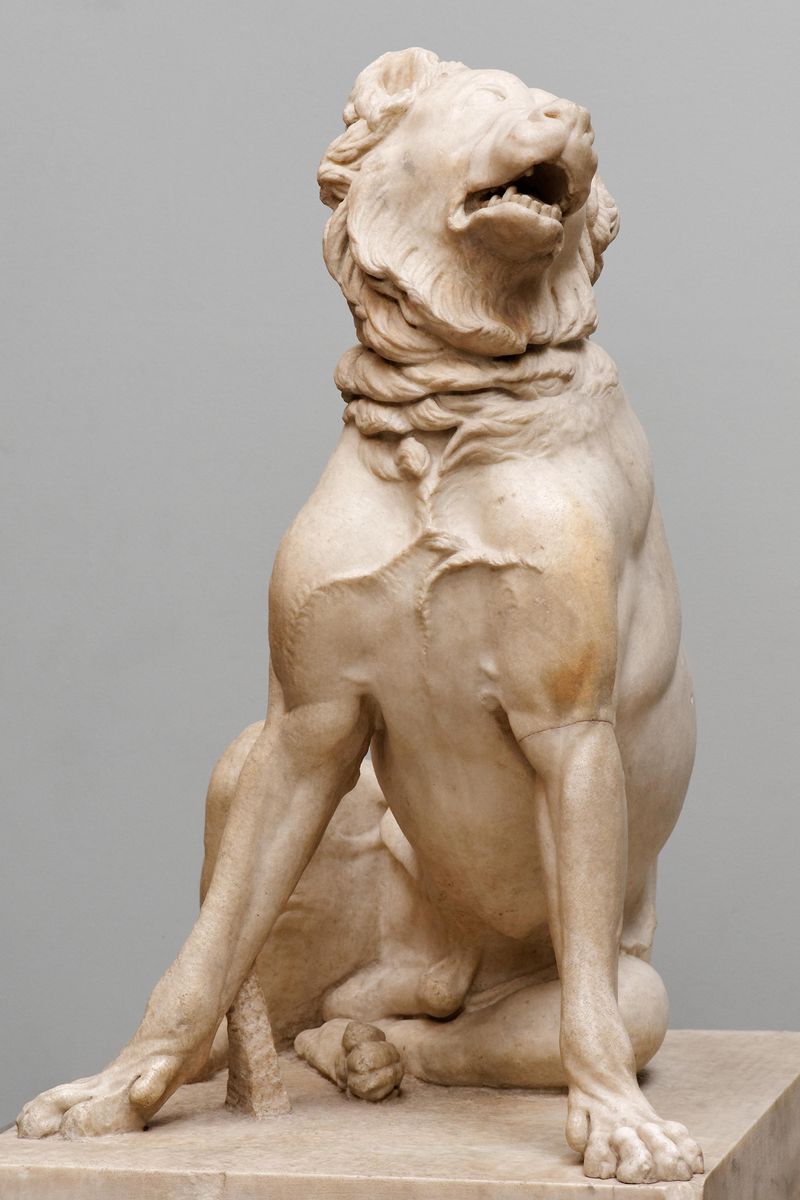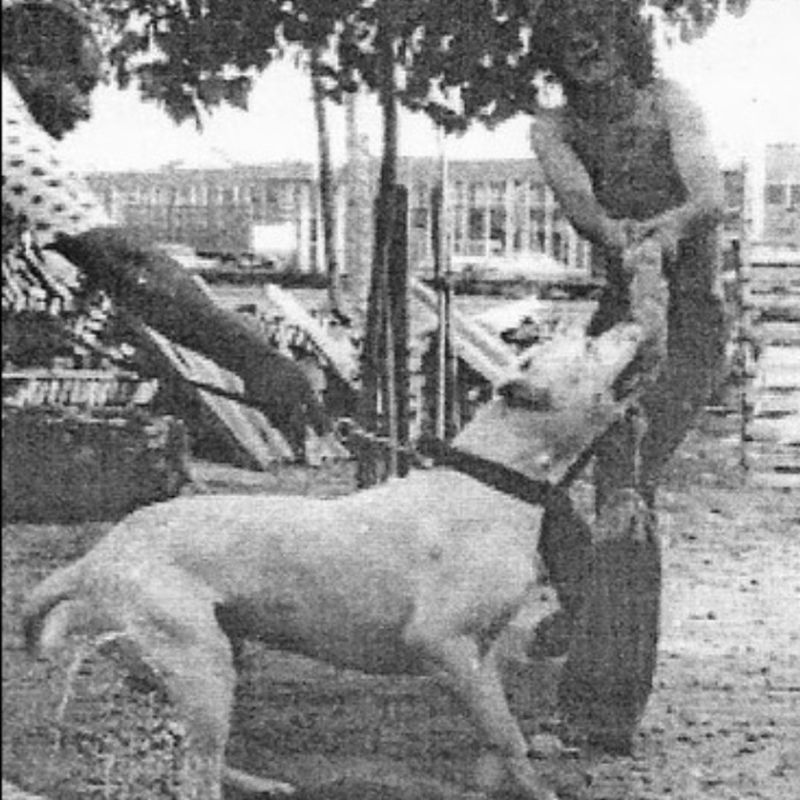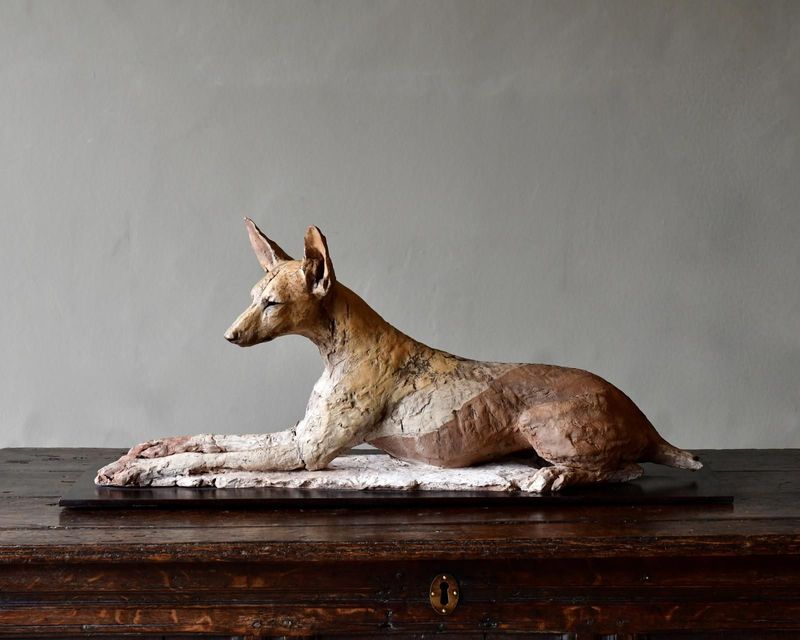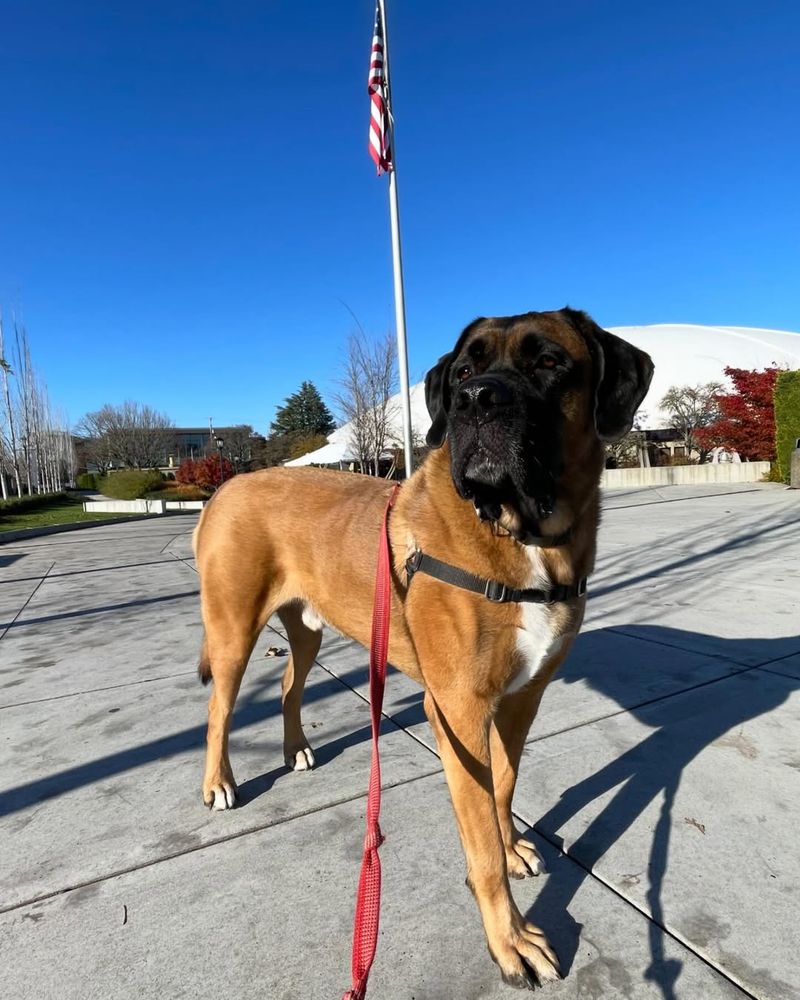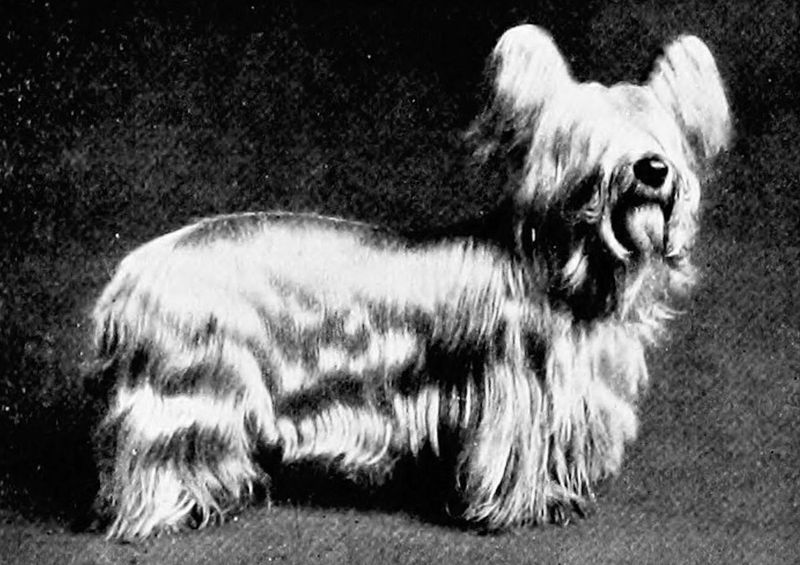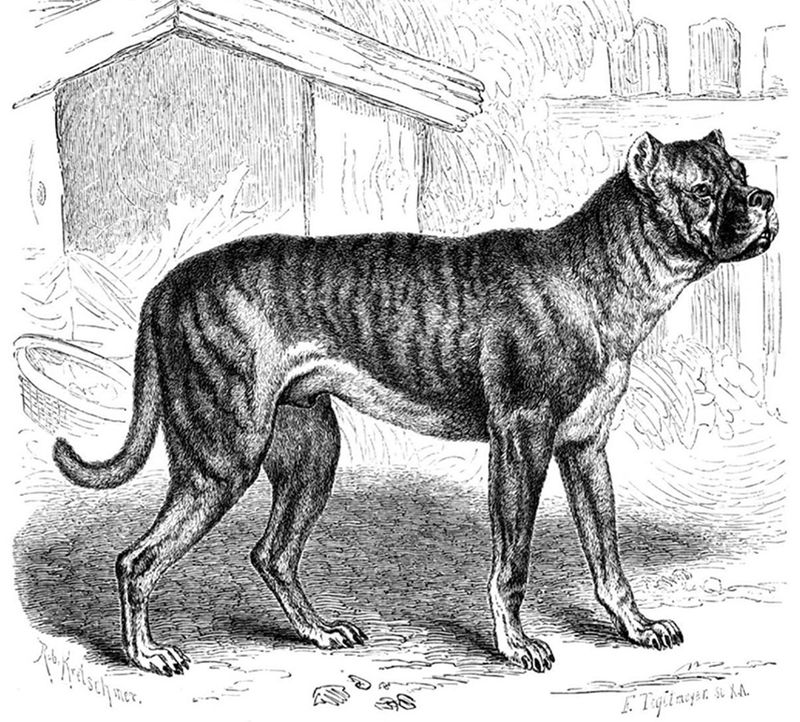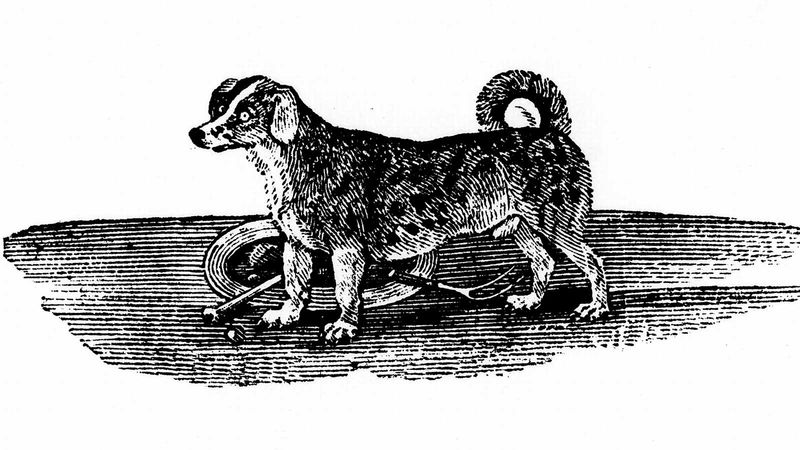Throughout history, dogs have been mankind’s loyal companions, but not all breeds have stood the test of time. Many fascinating dog breeds have vanished, leaving behind tales of their unique traits and characteristics. Let’s explore these extinct breeds and imagine what life might have been like with these bygone canine companions.
St. John’s Water Dog
The St. John’s Water Dog, also known as the Lesser Newfoundland, was a sturdy and amiable breed. Originating from Newfoundland, Canada, these dogs were known for their excellent swimming abilities and webbed feet. Fishermen relied on them to retrieve nets and fish from the icy waters.
Their friendly and obedient nature made them beloved companions. Sadly, they disappeared in the 1980s due to crossbreeding and declining numbers. This breed’s legacy lives on through its descendants, like the Labrador Retriever. Imagine sharing a day at sea with this dedicated helper, braving the waves with unwavering loyalty.
Tahltan Bear Dog
The Tahltan Bear Dog was a small but fearless breed, revered by the indigenous Tahltan people of British Columbia. Known for their hunting prowess, these dogs were adept at tracking and cornering bears. With a unique yipping bark, they communicated effectively during hunts.
Their compact size and agility made them well-suited for the rugged terrain of the Pacific Northwest. Sadly, the breed vanished in the mid-20th century, with only stories and photographs to remember them by. Picture a partnership forged in the wilderness, where courage and skill were paramount.
Hare Indian Dog
The Hare Indian Dog, a fox-like breed, was known for its speed and intelligence. Indigenous peoples of Northern Canada valued them for their ability to hunt small game, especially hares. Their keen sense of smell and quick reflexes made them indispensable companions.
With a friendly demeanor, they were also family companions, playing with children and guarding camps. However, by the early 20th century, they had vanished due to interbreeding and changing lifestyles. Imagine the thrill of a chase through snowy forests, with this nimble and charismatic breed leading the way.
Molossus
The Molossus was a formidable breed from ancient Greece, renowned for its strength and loyalty. Often used in warfare, they were companions to soldiers and protectors of homes and livestock. Their imposing presence deterred intruders.
Mentioned in ancient texts, the Molossus left a legacy that influenced today’s mastiff and bulldog breeds. Despite their extinction, these dogs remain a symbol of bravery and protection. Envision walking alongside this mighty guardian, its watchful eyes scanning the horizon for threats, ready to defend at a moment’s notice.
Cordoba Fighting Dog
The Cordoba Fighting Dog hailed from Argentina and was bred for its tenacity and strength in dogfighting rings. Despite their aggressive nature, they were also known for their unwavering loyalty to their owners. Their muscular build and fearlessness were unmatched.
The breed’s decline began as society moved away from dogfighting, and crossbreeding for gentler temperaments took over. Though extinct, the Cordoba’s legacy continues through the Dogo Argentino, bred for hunting rather than fighting. Imagine the transformation of a fierce gladiator into a companion, reflecting changing human values.
Tesem
The Tesem was an elegant and swift dog from ancient Egypt, often depicted in hieroglyphics and tomb paintings. With their slender build and pointed ears, they resembled modern-day greyhounds. Pharaohs prized them for hunting and as status symbols.
Their loyalty and speed made them ideal companions in both hunting and ceremonial roles. Over time, breeds evolved, and the Tesem disappeared, but their graceful image endures in art and history. Picture walking through ancient sands, this regal companion by your side, a testament to elegance and tradition.
Alpine Mastiff
The Alpine Mastiff was a gigantic and gentle breed, known for its strength and size. Originating in the Alpine regions, these dogs were used as draft animals, pulling carts and carrying supplies through challenging terrains.
Their calm disposition and protective instincts made them valued companions for travelers and herders. Eventually, they were bred into today’s Saint Bernard, losing their purebred status. Imagine trekking through the snowy Alps, this colossal yet gentle giant by your side, ready to face the elements with unwavering dedication.
Paisley Terrier
The Paisley Terrier was a charming and elegant breed, adored in 19th-century Scotland. With a silky, flowing coat, they were often kept as companions by the affluent. Their confident and lively personality made them delightful household pets.
Over time, they were bred into the modern Yorkshire Terrier, leading to their extinction as a distinct breed. Their legacy remains in their fashionable descendants. Visualize strolling down cobblestone streets, this poised and pampered terrier trotting beside you, turning heads with every graceful step.
Bullenbeisser
The Bullenbeisser was a robust and athletic breed, essential in German hunting traditions. Known for their strength and tenacity, they were used to catch and hold boars and other large game. Their powerful jaws and fearless nature were legendary.
As hunting practices changed, they were crossbred, leading to the development of the present-day Boxer. Though the Bullenbeisser is no more, its spirit lives on in its descendants. Picture a rugged hunt, this stalwart companion at your side, embodying the thrill of the chase and the camaraderie of the wild.
Turnspit Dog
The Turnspit Dog was a unique and industrious breed, once common in medieval kitchens. Used to turn spits, they ran inside a wheel, keeping meats evenly cooked. Their long bodies and short legs made them perfectly suited for this culinary task.
Despite their utility, they faded away as technology advanced and spit-turning machines took over. Though extinct, their contribution to cooking is remembered with fondness. Envision the warmth of a bustling kitchen, this diligent worker toiling away, an unsung hero of culinary history.
